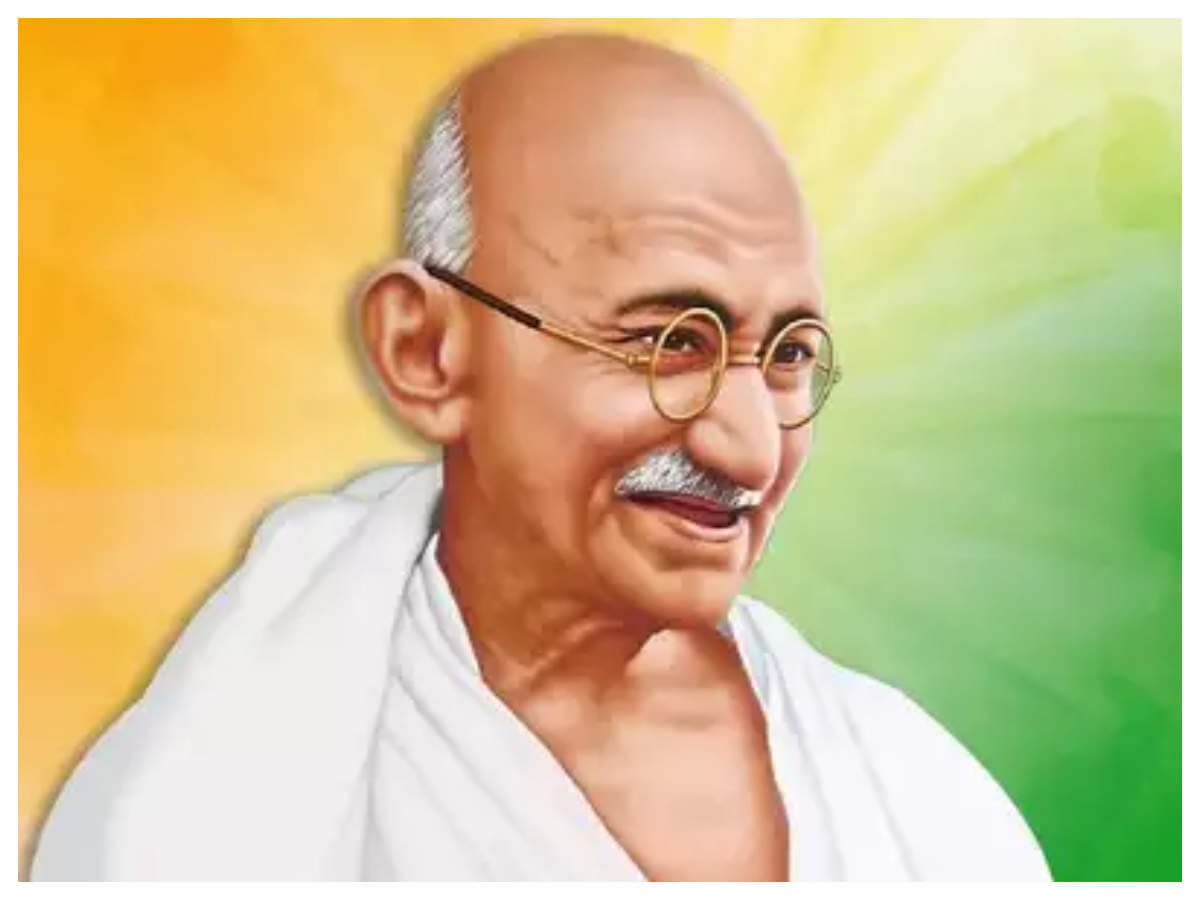
Azka Ajuwath
When we think of great leaders, we often picture strong armies, grand speeches, or powerful political moves. But Mohandas Karamchand Gandhi, known as Mahatma Gandhi, changed history in a completely different way — without raising a sword or firing a bullet. He believed that true strength lies in truth and non-violence, and with that belief, he led India’s struggle for freedom against British rule.
Early Life
Gandhi was born on October 2, 1869, in Porbandar, a small coastal town in present-day Gujarat, India. His father, Karamchand Gandhi, was a respected official in the local government, and his mother, Putlibai, was deeply religious. From her, Gandhi learned the value of fasting, prayer, and self-control — traits that would later become part of his leadership style.
As a child, Gandhi was shy and quiet. He wasn’t the top student in his class, but he was honest and disciplined. At the age of 13, in line with the customs of the time, he married Kasturba, who would become his lifelong partner in many struggles.
Education and Life Abroad
In 1888, Gandhi went to London to study law. Life there was very different from his small-town upbringing. He tried to adapt — wearing Western clothes, learning English manners, and even joining a vegetarian society. But it was during these years that Gandhi began thinking more deeply about ethics, justice, and how people should live.
After becoming a lawyer, Gandhi moved to South Africa in 1893 for work. It was there that he faced open racism for the first time. On one famous occasion, he was thrown off a train at Pietermaritzburg simply because he refused to move from a first-class seat reserved for white passengers — even though he had a valid ticket. That incident was a turning point. Gandhi decided he could not stay silent against injustice.
Birth of Satyagraha
In South Africa, Gandhi developed his philosophy of Satyagraha, which means “truth force” or “insistence on truth.” He believed that instead of meeting violence with violence, people should stand firm in their truth and resist injustice peacefully. This was not weakness — it was moral courage.
Over the next two decades, Gandhi organized peaceful protests against unfair laws targeting the Indian community in South Africa. His non-violent methods drew attention and respect from many, even those who opposed him.
Return to India
Gandhi returned to India in 1915, but he didn’t rush into politics. Instead, he traveled across the country, seeing for himself the struggles of farmers, laborers, and the poor. He realized that for India to be truly free, it wasn’t just about removing British rulers — it was also about improving the lives of ordinary people.
In 1917, Gandhi led his first major movement in India in Champaran, Bihar, to support farmers forced to grow indigo under unfair conditions. His success there made him a national leader.
Non-Cooperation Movement
By 1920, Gandhi launched the Non-Cooperation Movement against British rule. He urged Indians to boycott British goods, schools, courts, and to spin their own cloth instead of buying British textiles. The spinning wheel, or charkha, became a symbol of self-reliance.
Gandhi’s idea was simple: if Indians refused to cooperate with the British, the system of colonial rule would collapse. But in 1922, when a protest in Chauri Chaura turned violent and police officers were killed, Gandhi called off the movement. He believed freedom was meaningless if it came through bloodshed.
Salt March
Perhaps Gandhi’s most famous protest was the Salt March in 1930. At the time, the British had a monopoly on salt and taxed it heavily — even though it was a basic necessity. Gandhi saw this as deeply unfair. So, he walked 240 miles from his ashram to the Arabian Sea, gathering followers along the way, and made salt from seawater in defiance of the law.
The march captured the world’s attention. Newspapers and radio stations across the globe covered it. Gandhi was arrested, but the protest shook the foundations of British authority.
A Leader Beyond Politics
What made Gandhi different from many other leaders was that his fight wasn’t just political — it was also moral and spiritual. He promoted ahimsa (non-violence) and truth as guiding principles in life. He encouraged simple living, self-discipline, and care for the poor. He wore simple hand-spun clothes, ate modest meals, and often fasted to express solidarity or repentance.
India’s Independence and Gandhi’s Final Days
After decades of struggle, India finally gained independence on August 15, 1947. But Gandhi’s joy was shadowed by sorrow. The country was divided into India and Pakistan, and violent riots broke out between Hindus and Muslims. Gandhi worked tirelessly to stop the bloodshed, traveling to riot-hit areas and fasting to promote peace.
Tragically, on January 30, 1948, Gandhi was assassinated in New Delhi by Nathuram Godse, a man who disagreed with his views on unity between Hindus and Muslims. Gandhi’s last words were “Hey Ram” (Oh God).
Gandhi’s Legacy
Mahatma Gandhi’s influence went far beyond India. Leaders like Martin Luther King Jr., Nelson Mandela, and the Dalai Lama drew inspiration from his non-violent resistance. Today, Gandhi is remembered not only as the Father of the Nation in India but as a global symbol of peace and moral courage.
His life teaches us that real power is not in domination, but in truth, compassion, and selflessness. Gandhi showed that even the mightiest empires can be challenged with peaceful determination.